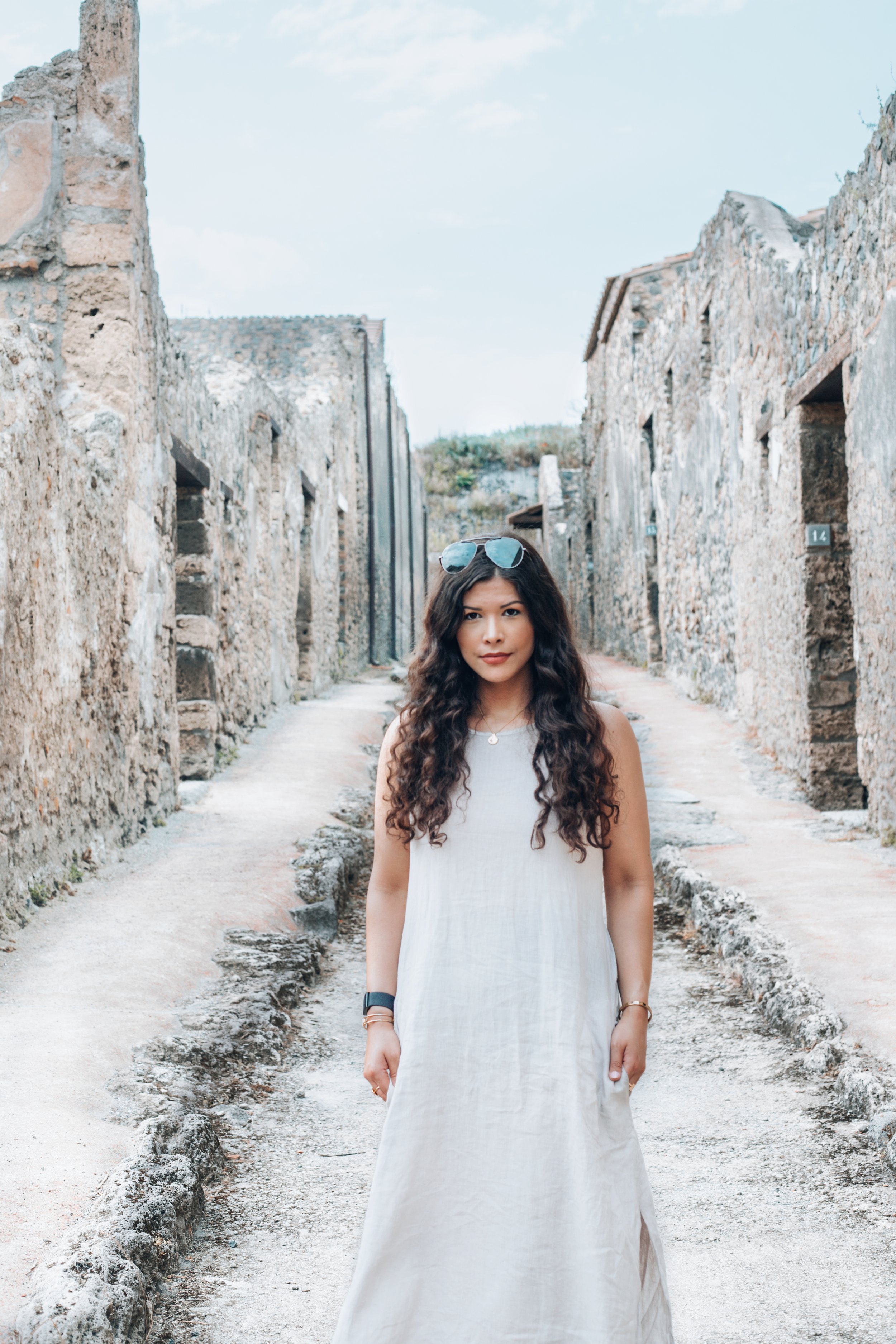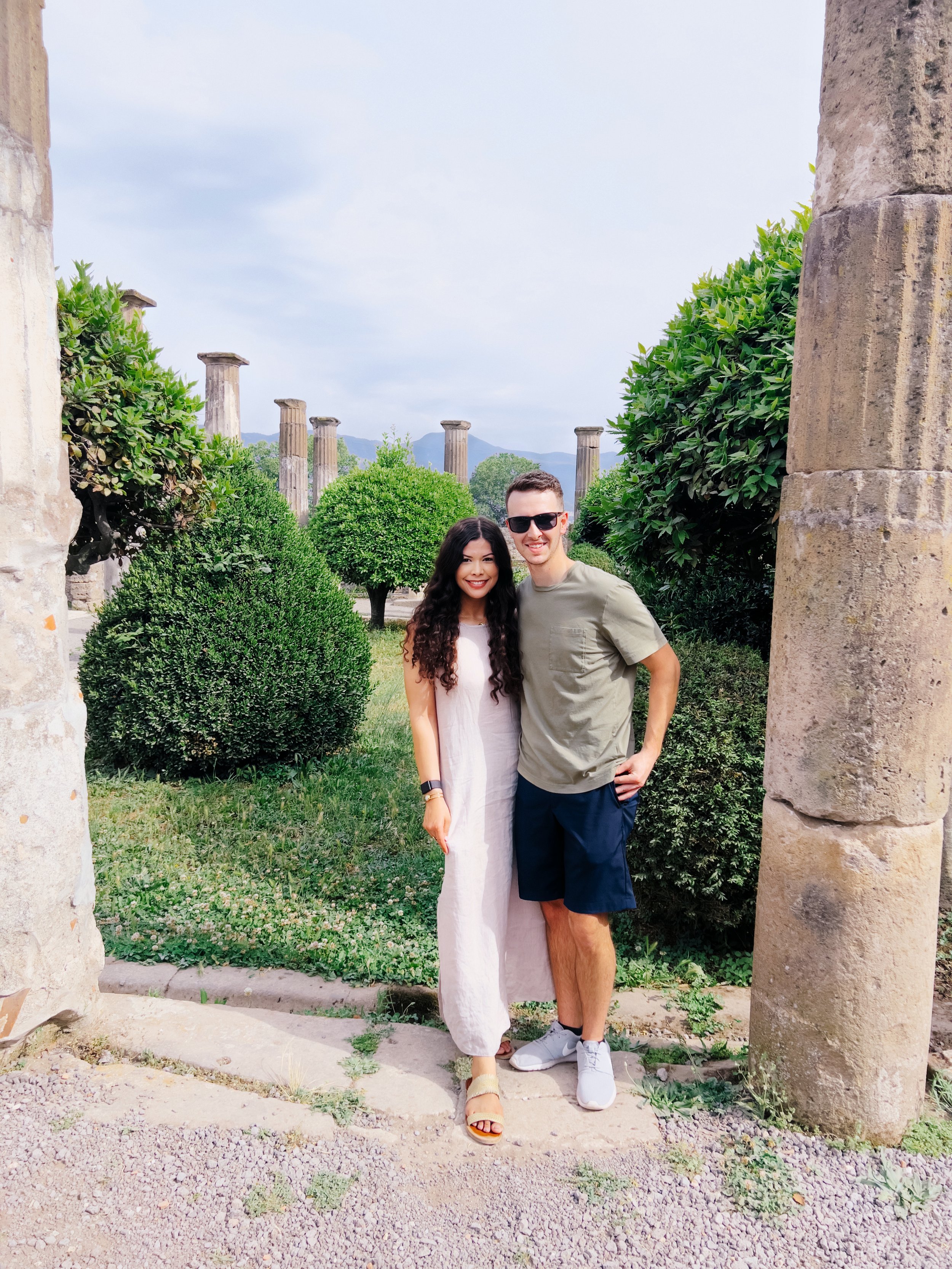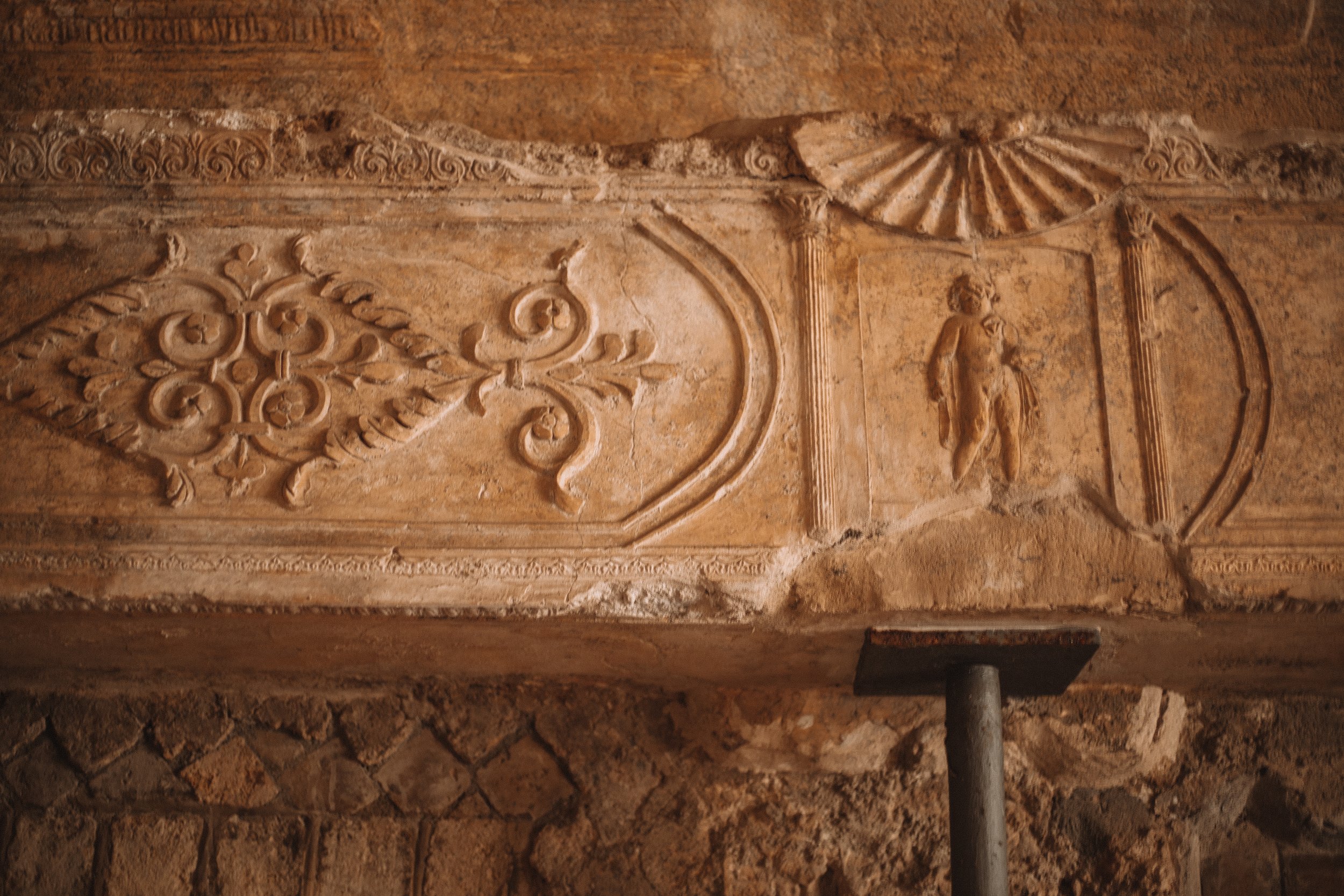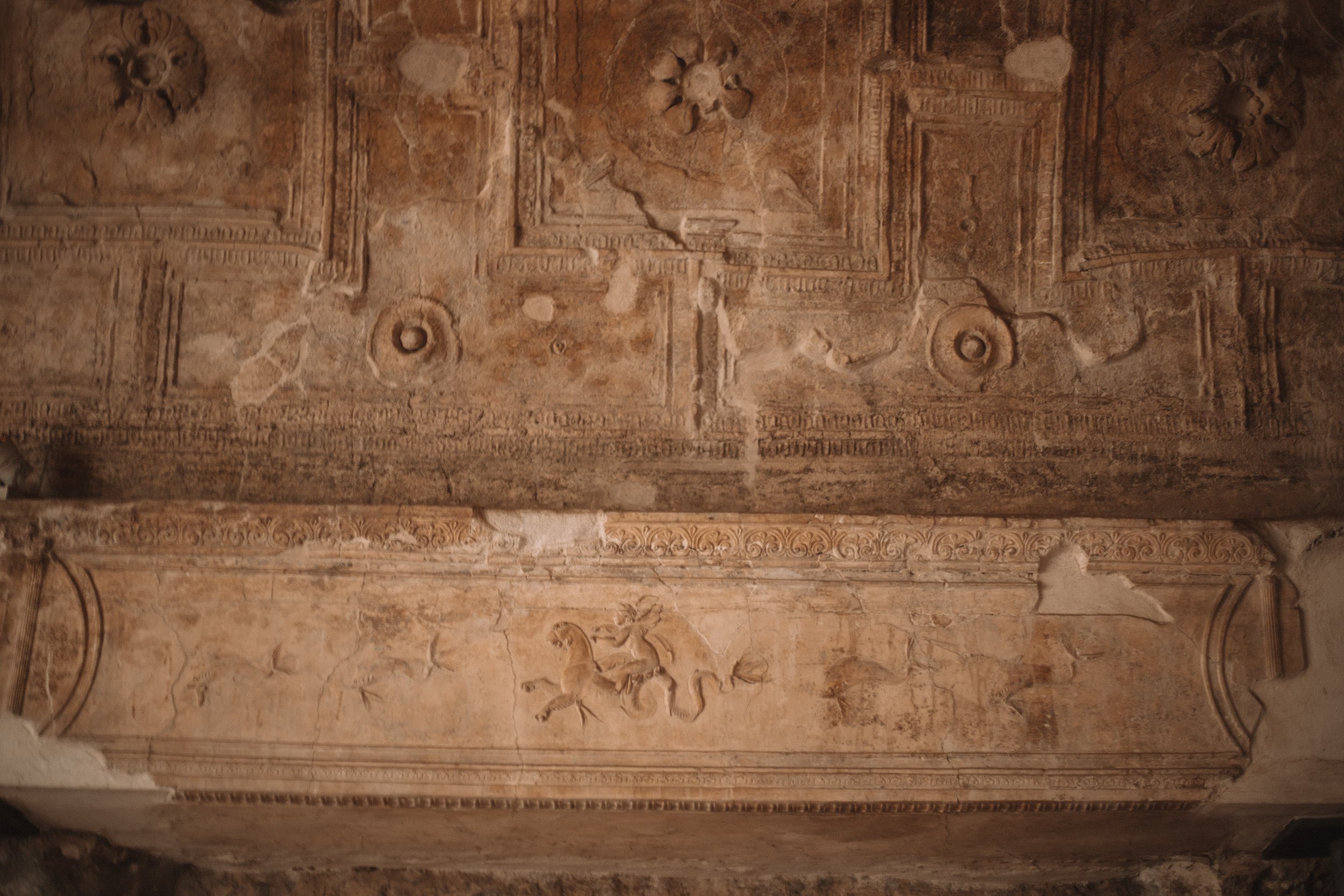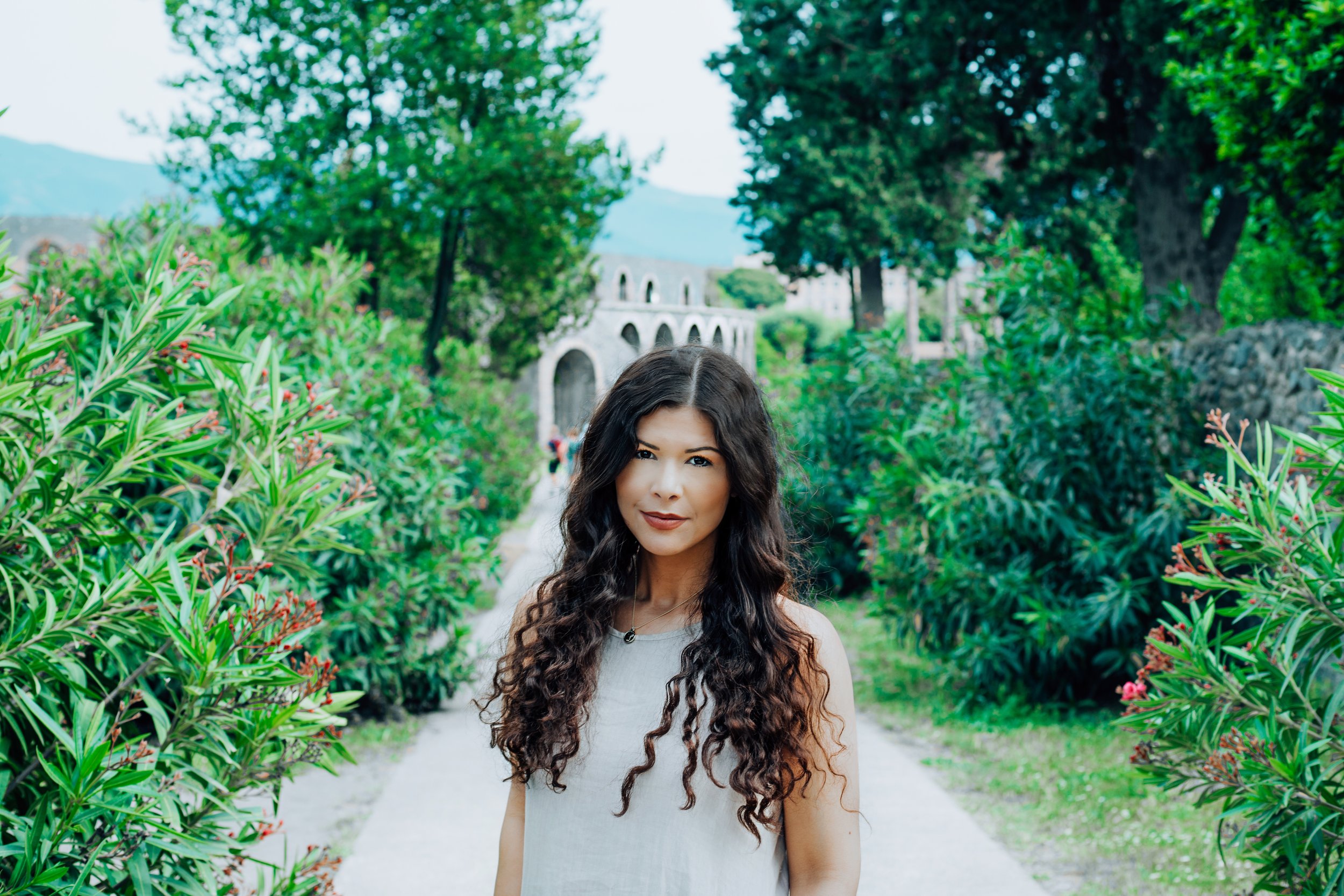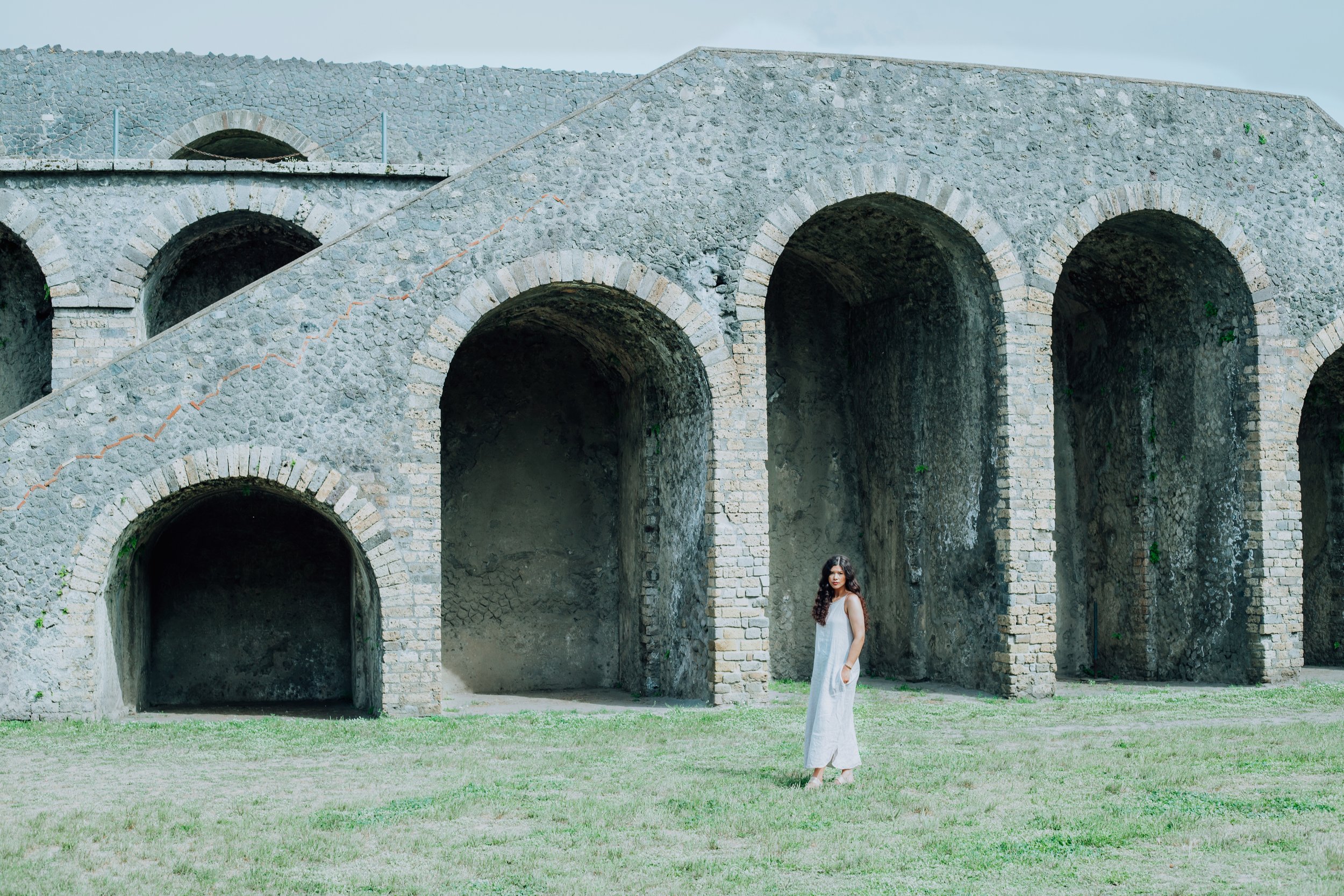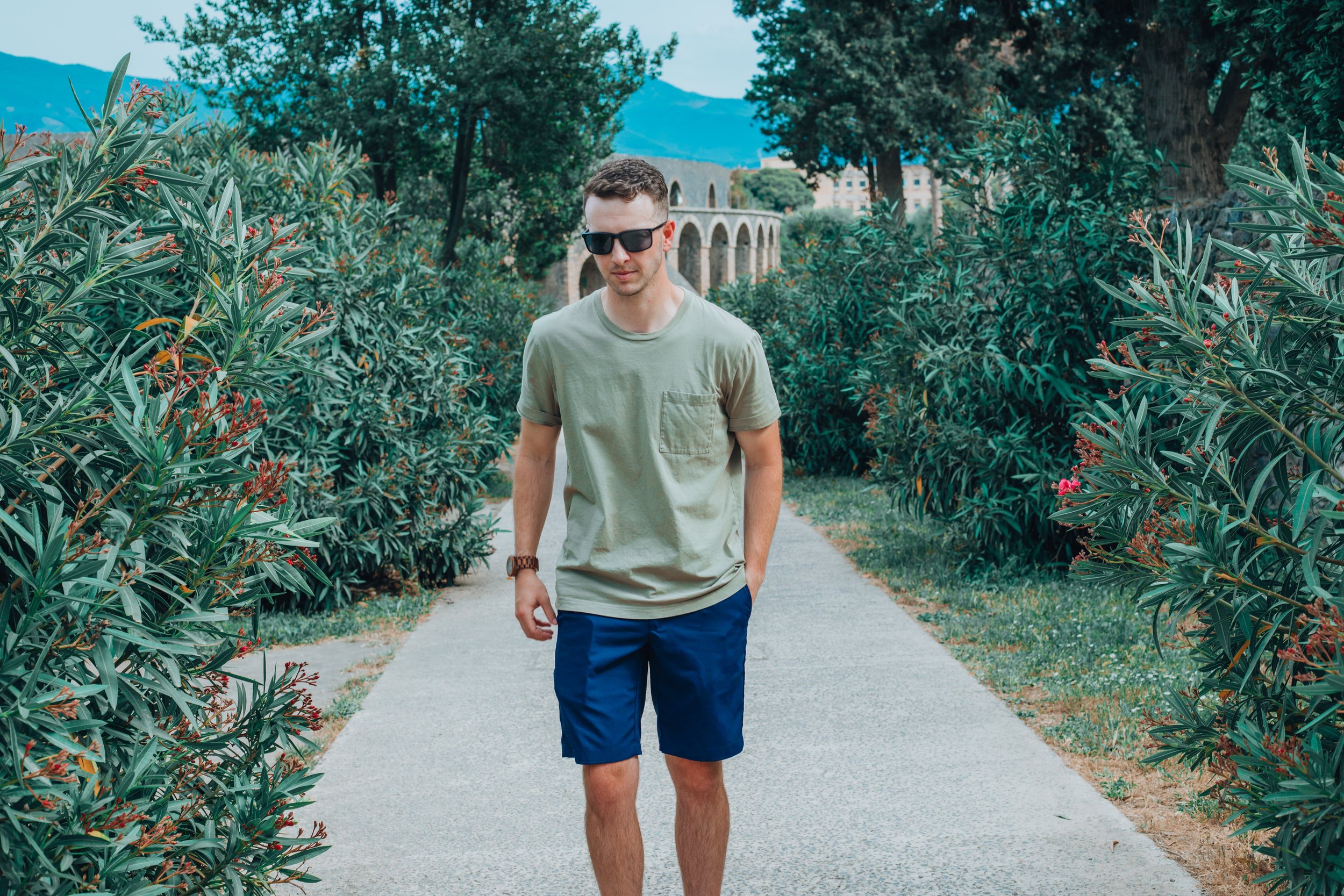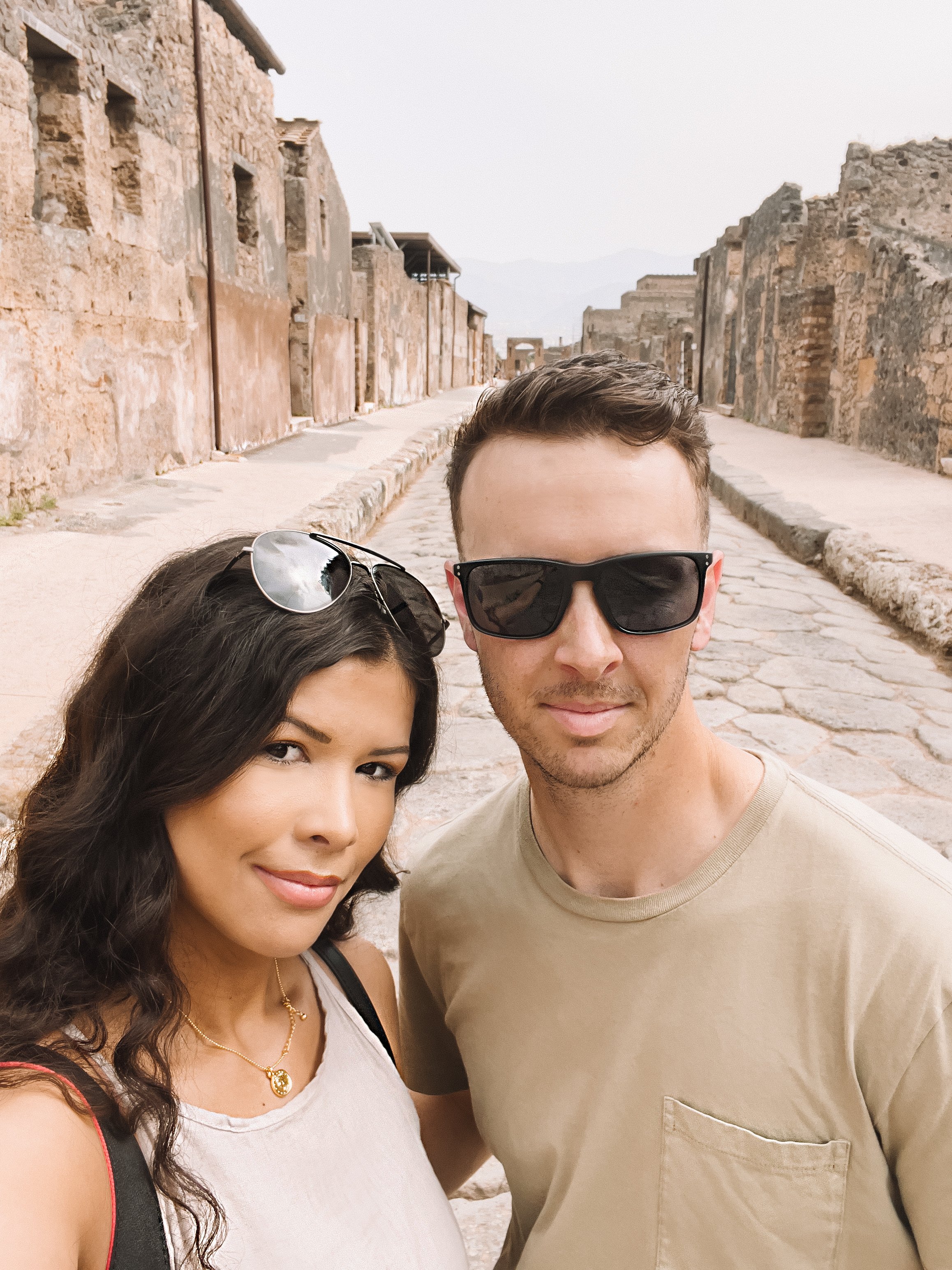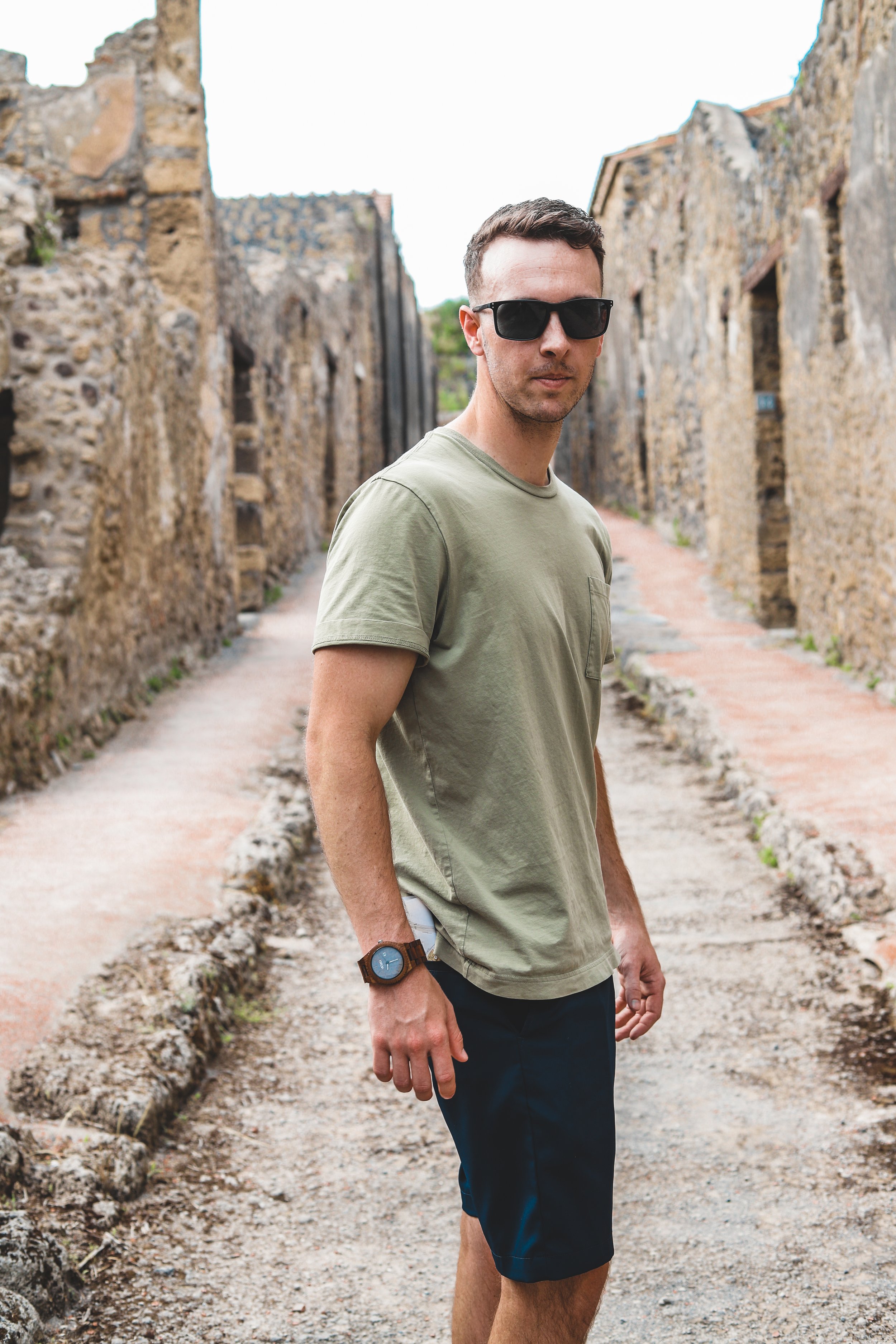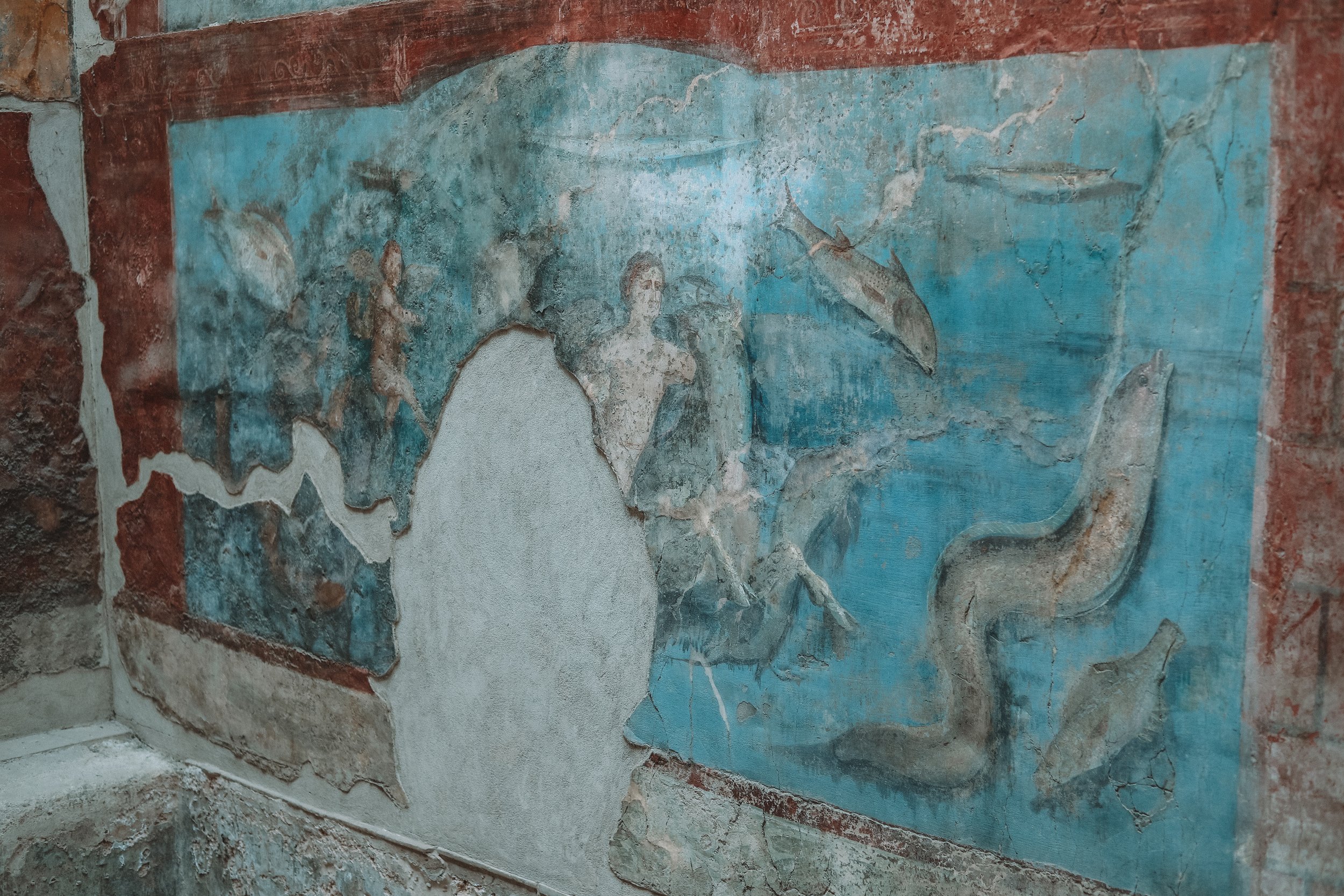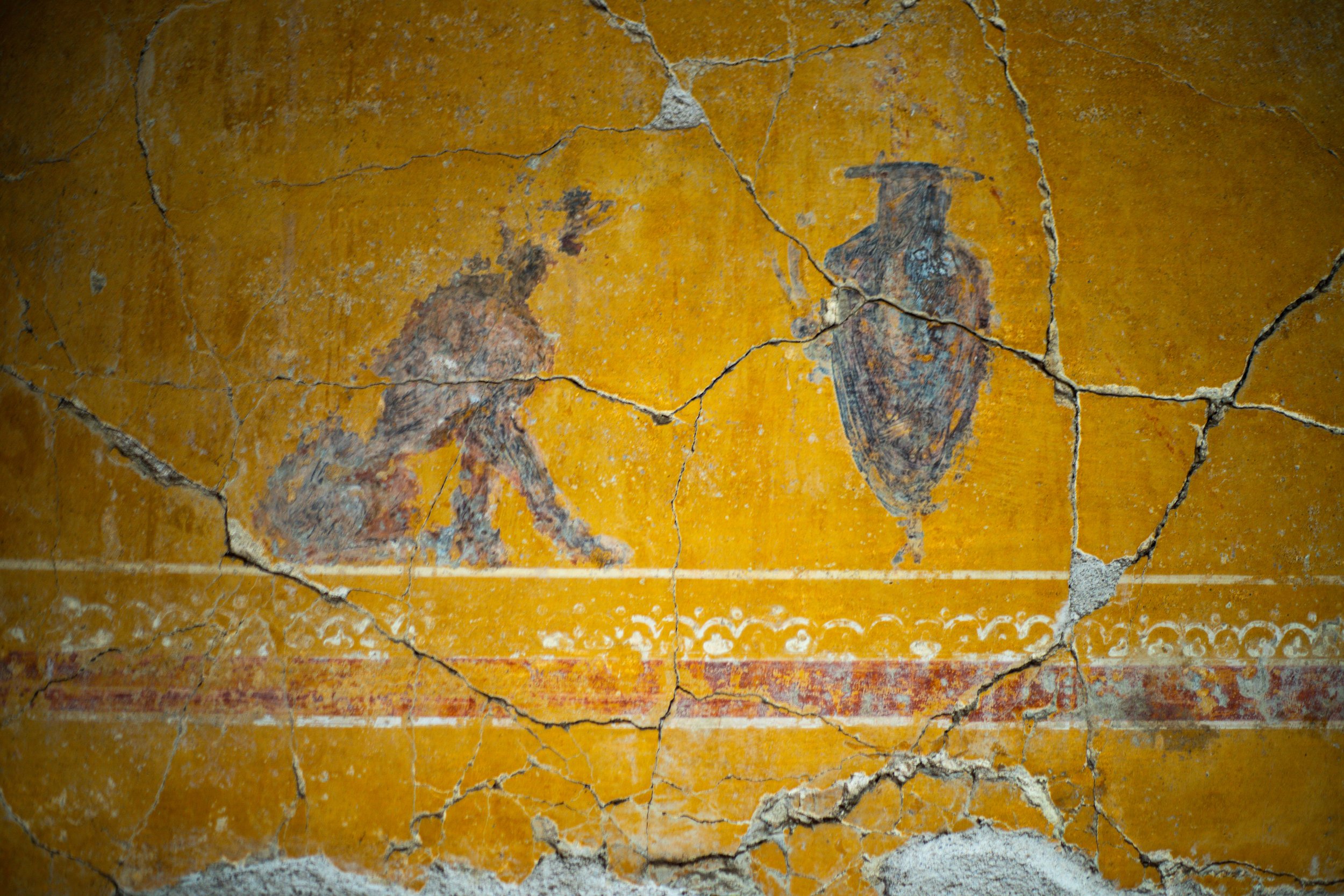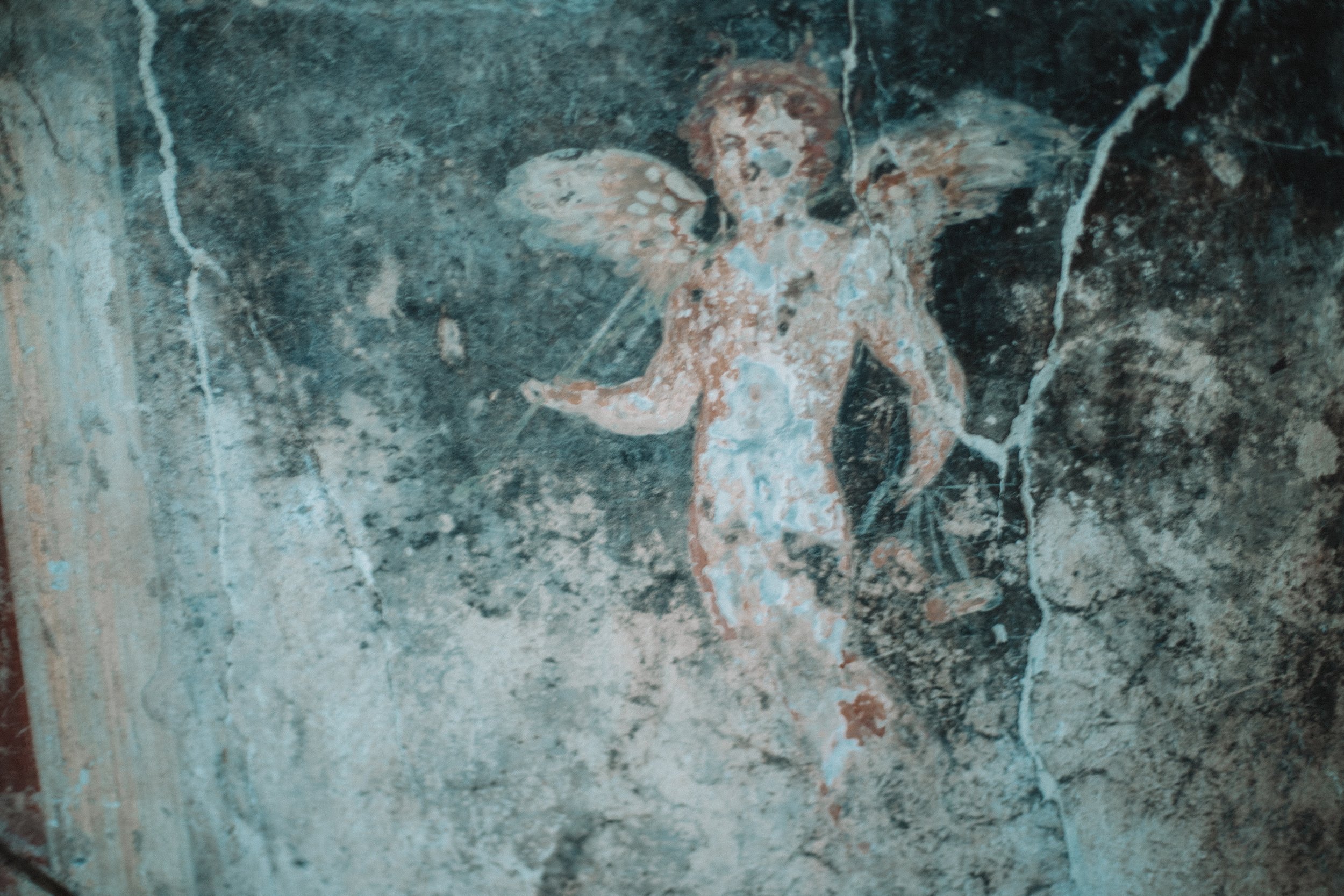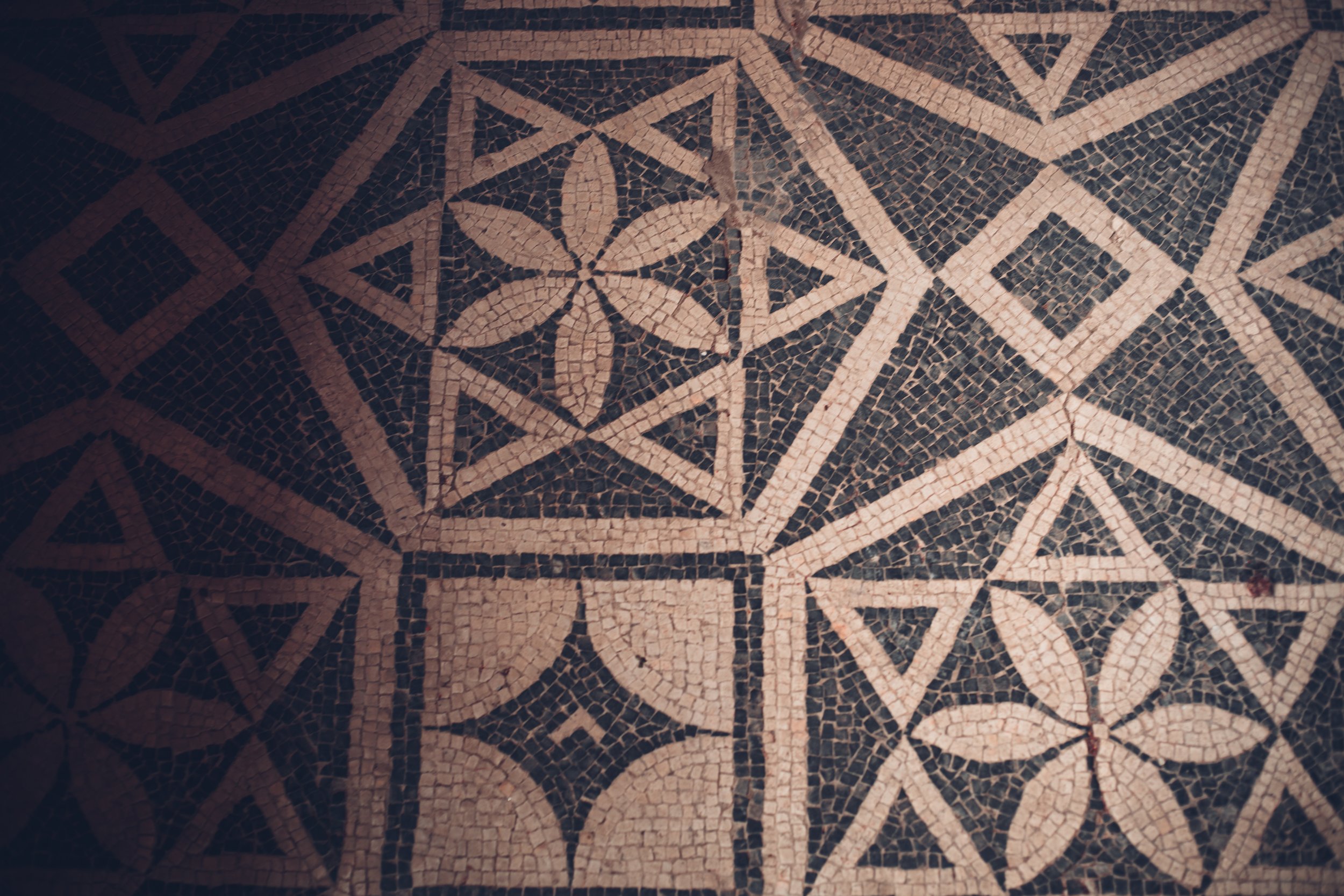The ancient ruins of Pompeii
Where time stands still.
Hello travelers.
Today I’ll take you along on a day trip to the lost city of Pompeii, a site of history and horror but also great beauty and culture. Pompeii - a place that has inspired bards, poets, artists and more. An entire city reduced to ash in the blink of an eye.
Come with me as we explore Pompeii together and imagine how the world might have been, many many years ago. Pin, share, save this post, or bookmark this page to make sure you have it for planning a trip to Pompeii.
The past haunts
There’s no doubt when you enter the ruins of Pompeii that something significant happened here. The air is thick with history and remnants of the past darken every corner. It’s not hard to imagine that every evening as day turns to night, the ghosts of the past appear once more to roam the abandoned streets of Pompeii, Italy.
But what happened here? Pompeii is the site of one of the most deadly and famous volcanic eruptions in human history.
According to a Mozaico blog article, “Ash fell first, and many residents fled. Not all did, and around 2000 of them perished when a catastrophic event known as a pyroclastic surge came down the mountain and consumed everything in its path. The superheated poisonous gas and pulverized rock created the body casts of those who failed to escape, including not only families, but animals. When the survivors returned to look for their homes and friends, the city was buried.”
After Mount Vesuvius’ eruption, Pompeii was abandoned for centuries. And yet, despite this the world continued to turn. Archaeological digs and excavations are happening still and preservation efforts are reaching an all time high.
The world remains intrigued by Pompeii - its people, architecture, culture and art centuries (millennium really) later.
How to visit Pompeii
How do I get there?
We stayed in Sorrento (Amalfi Coast town) and took the Circumvesuviana train from Sorrento to Pompeii. It was about 20-30 min. The entrance to Pompeii is right across the street from the train station. Once we arrived at the train station we actually went upstairs to purchase our tickets for Pompeii, however you could likely just walk across the street and purchase them when you get there as well.
How long should I plan for?
Once there, we expected our visit to last just a couple hours, but about 4 hours passed in the blink of an eye. Highly recommend that you plan to dedicate a half day or at least 3-4 hours to explore the city. You won’t regret it.
How much does it cost?
Train tickets are cheap - about 7 euros.
Pompeii tour/entrance - Once at Pompeii we chose the non guided entrance option (no tour), (we like to roam freely) and it was about 15 - 20 euros for the day pass. I’ll tell you what - I simply don’t have the patience for a guided tour. We walked right past an extremely bored looking tour group closely examining where “water rivulets have formed in the street over time”. Just up ahead was eons of history and they were bent over examining the course of water over stone. Definitely felt a rush of freedom as I quickly walked past that group. No offence to those deeply intrigued by water rivulets, and I love learning just as much as the next person, but I mean SNORE. Show me the temples!! The art!!
What to do in Pompeii
Explore ancient temples and Roman baths
One of the temples you can freely explore is Sanctuaire d'Apollon which was a temple dedicated to the Greek and Roman god Apollo. Unfortunately, the statue of Apollo there now is a copy, but one can dream that the original wasn’t too far off from the copy.
The level of and attention to detail in these designs blows me away. This is another reason I recommend visiting ancient sites. Other than the history it’s just so inspiring to see places and structures where beauty was clearly not thought of as secondary to or less than functionality. Clearly it was just as important to the Romans that they have beautiful, awe - inspiring buildings as it was that their structures were useful and utilitarian in and of themselves.
Everywhere you turn, you can see the stories, myths, everyday life, spirituality and religion etched forever on these walls.
Visit the Amphitheatre of Pompeii
History aficionados hold onto your hats. This amphitheatre is the oldest known from the Roman times. It was built in 70 BC and could hold up to 20,000 people. To put this timeframe in perspective, this was built over a century BEFORE the most famous amphitheatre (the Colosseum) construction even started.
Can you hear the crowds now? Neighboring towns would travel to Pompeii to spectate at the gladiatorial combat. The amphitheatre is located a short walk down a meandering path right outside the main city area. At the time, the stairs to go into the amphitheatre were closed off, but depending on when you go you might be able to actually enter it.
Walk the city streets and explore ancient homes
Freely walk through the streets of Pompeii. You can even go into many of the houses. The houses are numbered and the street system is very simple so don’t worry about getting lost. Just when you think you’ve come to the end of another row of homes and think to yourself that surely that must be it, you realize that there’s another row right around the corner. This is why I suggest going on your own without a guide if you’re interested in seeing it all.
If you’re not, and you want someone to explain the sites and history, than a guide would be neat and your best bet! Justin and I much prefer to “see now, research more later” on our trips, but everyone is different in how they like to enjoy these things in the moment!
Find beautiful ancient fresco paintings
As you explore Pompeii, you’ll notice that there are paintings on the walls of homes and even the floor. If you’re intrigued by ancient art, you might already know that these type of works are called fresco’s. Fresco’s are a type of mural painting that’s applied directly onto fresh plaster on a wall, ceiling, and even floors. It’s called fresco (which translates to “fresh” in italian) because the surface is wet when it’s applied.
According to https://www.britannica.com/art/fresco-painting, “Michelangelo’s paintings in the Sistine Chapel and Raphael’s Stanza murals in the Vatican are the most famous of all frescoes.”
Pop into the Pompeii Museum
According to Travel and Leisure, the Pompeii Museum just reopened early 2021 with brand new artifacts after over 40 years of closed doors. I didn’t realize how lucky we were to be able to see the items in the museum at the time.
You cannot miss visiting the museum (it’s on your way out) if even just for the fact that with excavations going on even now, some of these artifacts are newly discovered. I mean, how cool is that? You’ll be able to see some of the Pompeii body casts, as well as frescos, artifacts and sculptures. My favorite fresco was the one of “Dionysus and Ariadne in Naxos” and “Venus Pompeiiana and Cupid”. Also the “Bust of Dionysus” in all it’s patina glory or the “Statua di Nike” - the goddess of victory.
All that remains
Pompeii is definitely worth being added to your bucket list. People still live within the radius of Mount Vesuvius and life goes (more or less) on. I’m not sure whether this speaks more to humanity’s resilience or undeniable hope for the future.
Regardless, Pompeii in all its remains is certainly something to behold. If you get the chance to visit an ancient place like this, do it. Without question, you will leave changed.
And please, one day when you do visit Pompeii, come find me and let’s swap stories. Tell me if you meet one of the ghosts - I’m dying to hear what they might say.


